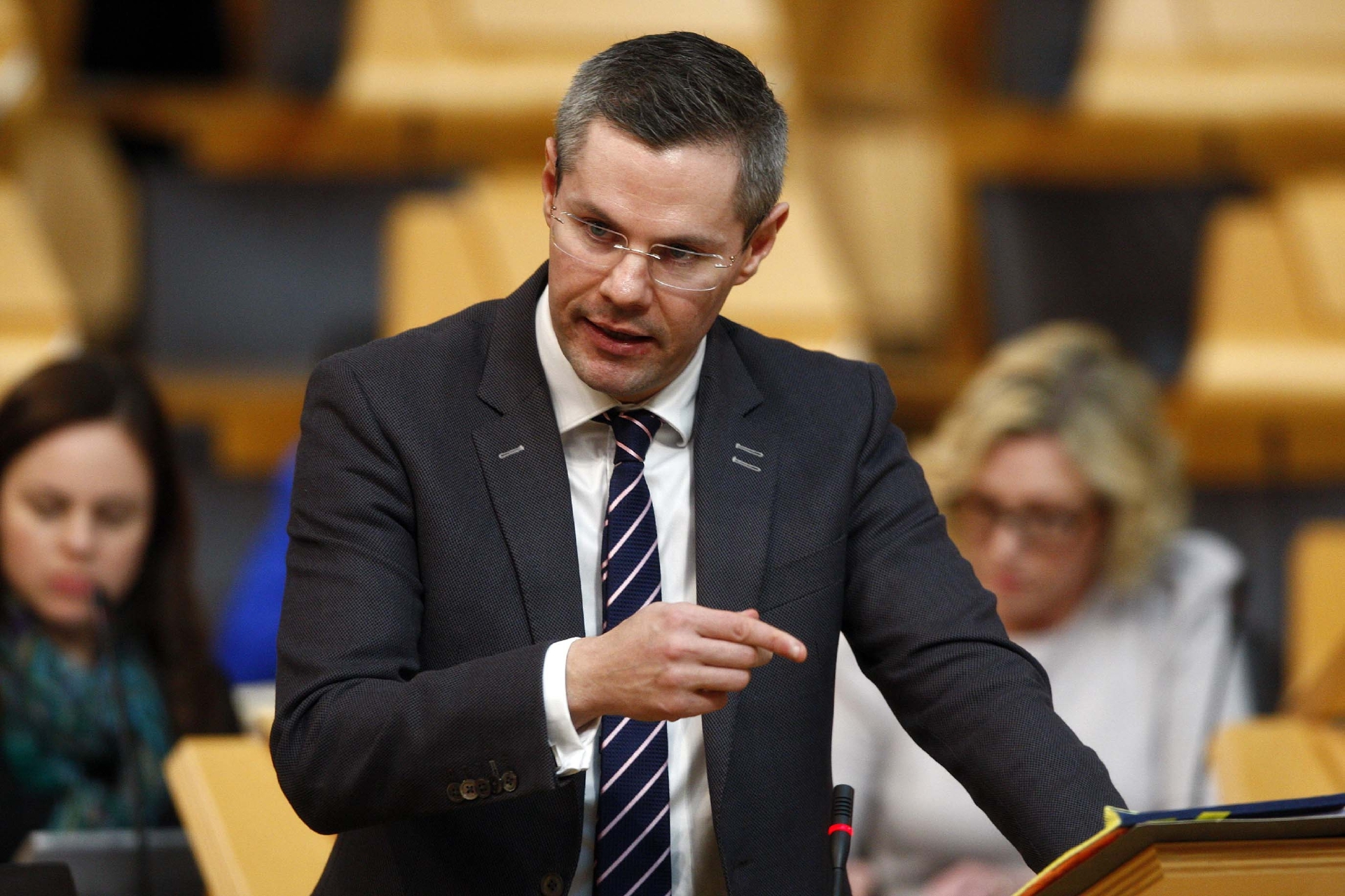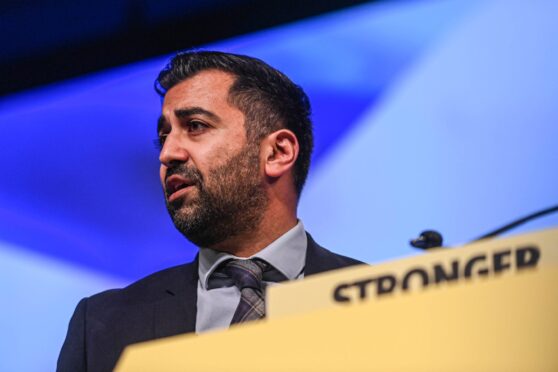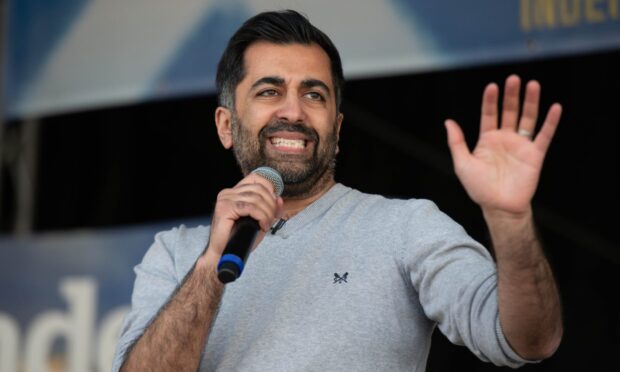Trust in Nicola Sturgeon’s administration has fallen in the wake of the EU referendum, according to an official survey.
But the public has much more faith in Scottish ministers than their UK counterparts.
The Scottish Social Attitudes Survey reveals that 65% of respondents trusted the SNP Government to act in Scotland’s best interests in 2016, which is down from 73% on the previous year.
Only a quarter of Scots had confidence in the Conservative Government, up slightly on 23% in 2015.
The Scottish Government approval figure is the fourth highest recorded since devolution in 1999.
But the drop on last year, coupled with the SNP’s failure to retain its Holyrood majority, will lead to some claiming the party’s popularity is on the wane.
Derek Mackay, Scotland’s Finance Secretary, said the figures are a major endorsement of the SNP administration.
“It’s clear that the people of Scotland trust the Scottish Government to listen to their views, and act fairly and in their best interests,” he said.
The 73% record figure in 2015 came on the back of a surge in SNP support, having secured a remarkable 56 out of 59 seats in Westminster.
The independent survey was conducted in the months after the EU referendum, between July and December.
For the first time in the survey’s history, more people thought the Scottish Government had the most influence in running the country, rather than the UK administration.
Some 42% believed most power lay with Scottish ministers, compared with 41% at UK level, 8% at EU and 5% with councils.
In keeping with previous years, three-quarters said that Holyrood should hold the most influence in running the country.










